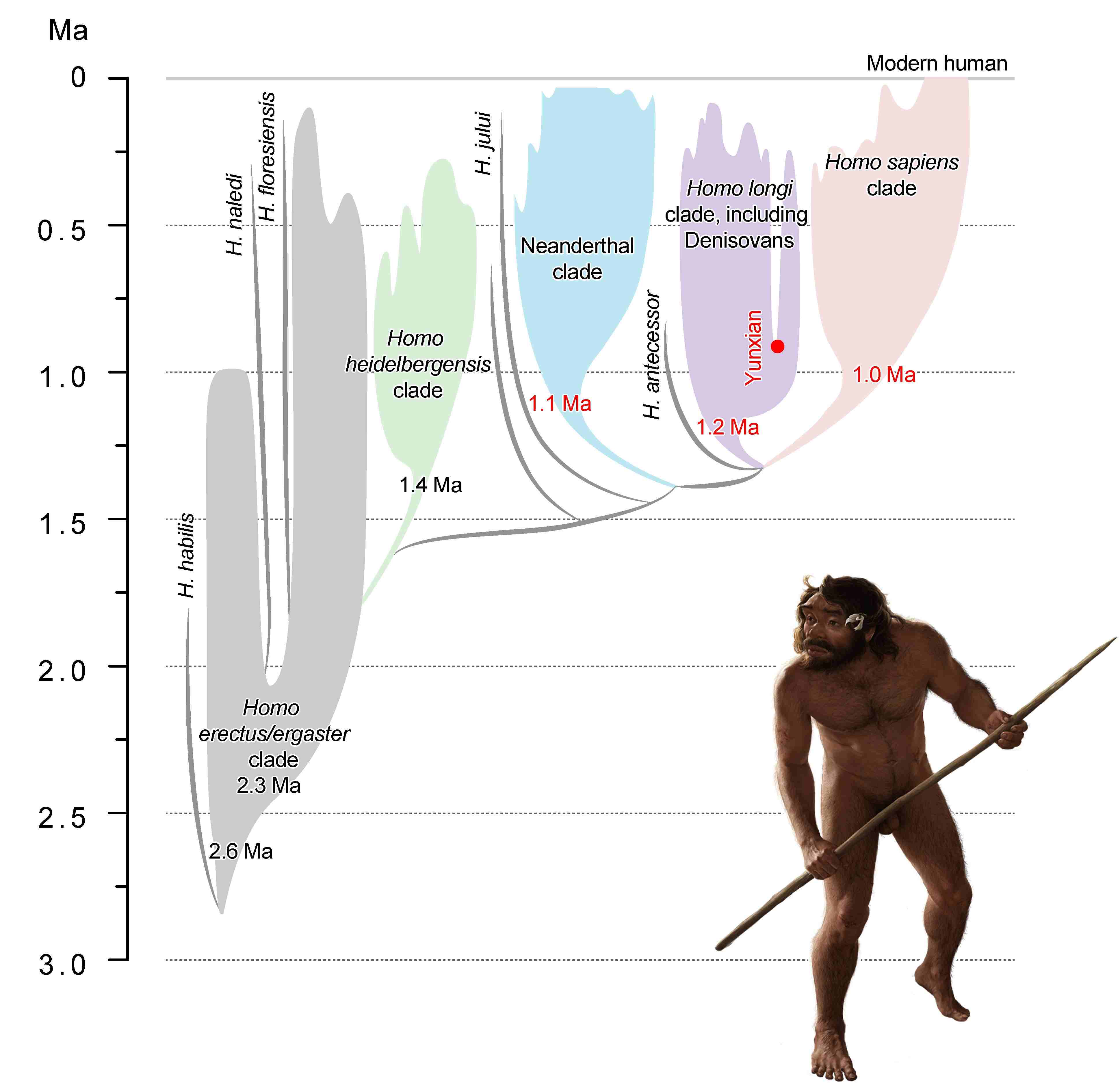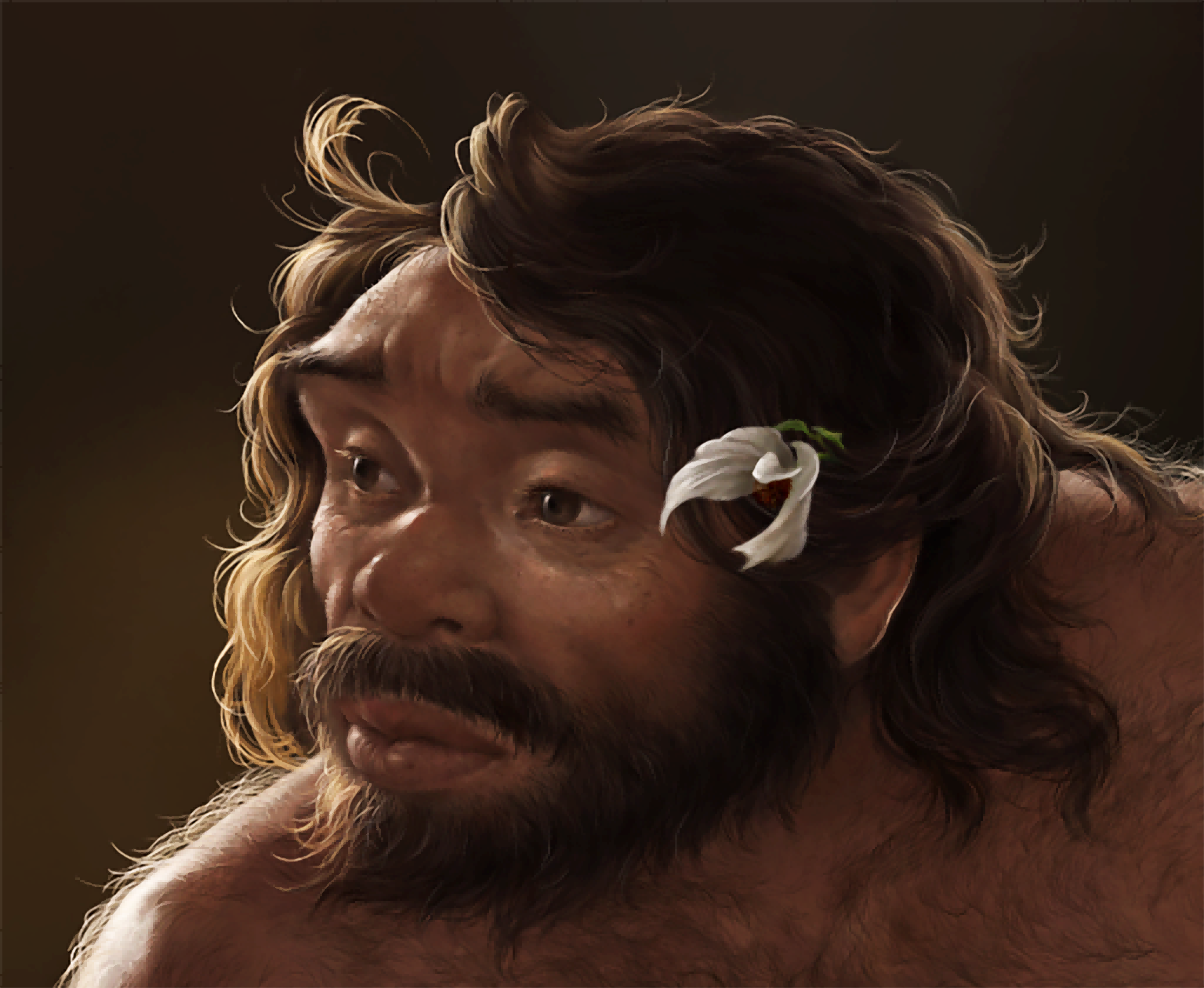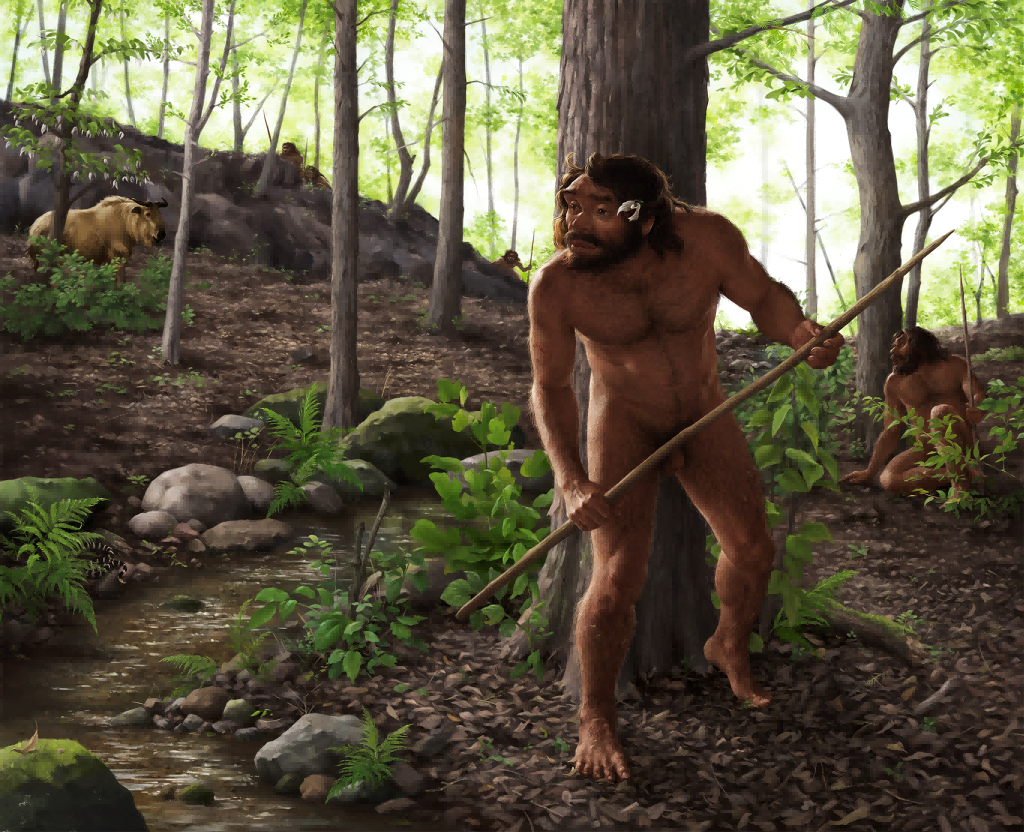A reanalysis of a one-million-year-old human skull found in China is challenging the established timeline of human evolution, and suggests a new branch of the human family tree, as well as a possible link to the mysterious Denisovans.
The study, published in Science on Sept. 25, was led by Prof. NI Xijun from the Institute of Vertebrate Paleontology and Paleoanthropology (IVPP) of the Chinese Academy of Sciences. It identifies the fossil, known as "Yunxian 2," as an early member of the Homo longi (also known as "Dragon Man") clade and proposes that the split between modern humans, Neanderthals, and this Asian clade happened much earlier than previously thought.
Discovered in Hubei Province in 1990, the Yunxian 2 cranium was crushed, making detailed study difficult. Initially classified as Homo erectus mainly based on its age, it has now been reclassified after extensive digital reconstruction.
The researchers used high-resolution CT and surface scans to identify cracks, mineral fillings, and intact bone fragments. Based on anatomical features and geometric morphometric landmarks-fixed reference points on the skull used to measure shape-they virtually rebuilt the skull using a novel digital reconstruction protocol. They tested the accuracy of their model with over 10,000 simulations-randomly introducing errors to verify the robustness of the results.
The reconstructed skull shows a mix of primitive and derived, or advanced, features. It has a low, flat forehead and a projecting lower face, features that are retained from more phylogenetically basal fossil humans, such as Homo erectus and Homo heidelbergensis. Yet it also has flatter cheekbones, an expanded occipital region of the braincase, and a large brain size of over 1,100 cubic centimeters-remarkable for its age.
These features align it with Homo longi and other Middle and Late Pleistocene fossils from sites such as Dali, Jinniushan, Hualongdong, Xujiayao and Denisova.
Using Yunxian 2 as a reference point, the researchers built a comprehensive Homo family tree. Applying Bayesian tip-dating and parsimony analysis, they concluded that the split between Homo sapiens, Homo longi, and Neanderthals occurred far earlier than the fossil record previously indicated-closely matching genetic estimates.
This research reveals that Yunxian 2 is not Homo erectus, but rather an early member of the H. longi clade-a clade the researchers propose is likely related to the Denisovans. The findings suggest that by one million years ago, our ancient ancestors had already diverged into distinct groups, pointing to a more complex evolutionary history than once believed.
In the Homo family tree, most Middle Pleistocene human fossils from Asia are grouped within the H. longi clade and share a most recent common ancestor with Homo sapiens. Yunxian 2 assists us in tracing the origins of these fossil humans. The study aids in clarifying what scientists refer to as the "Muddle in the Middle"-the perplexing assortment of human fossils from one million to 300,000 years ago.
This study was collaboratively conducted by researchers from IVPP, Fudan University, Shanxi University, the Yunnan Institute of Cultural Relics and Archaeology, and the Natural History Museum in London.

The human family tree. (Image by NI Xijun, BAI Jiannan)

The reconstruction process of the Yunxian 2 skull. (Image by NI Xijun)

The diagram of the Yunxian 2's head. (Image by NI Xijun, BAI Jiannan)

The diagram of the Yunxian 2 hunting activity. (Image by NI Xijun, BAI Jiannan)






